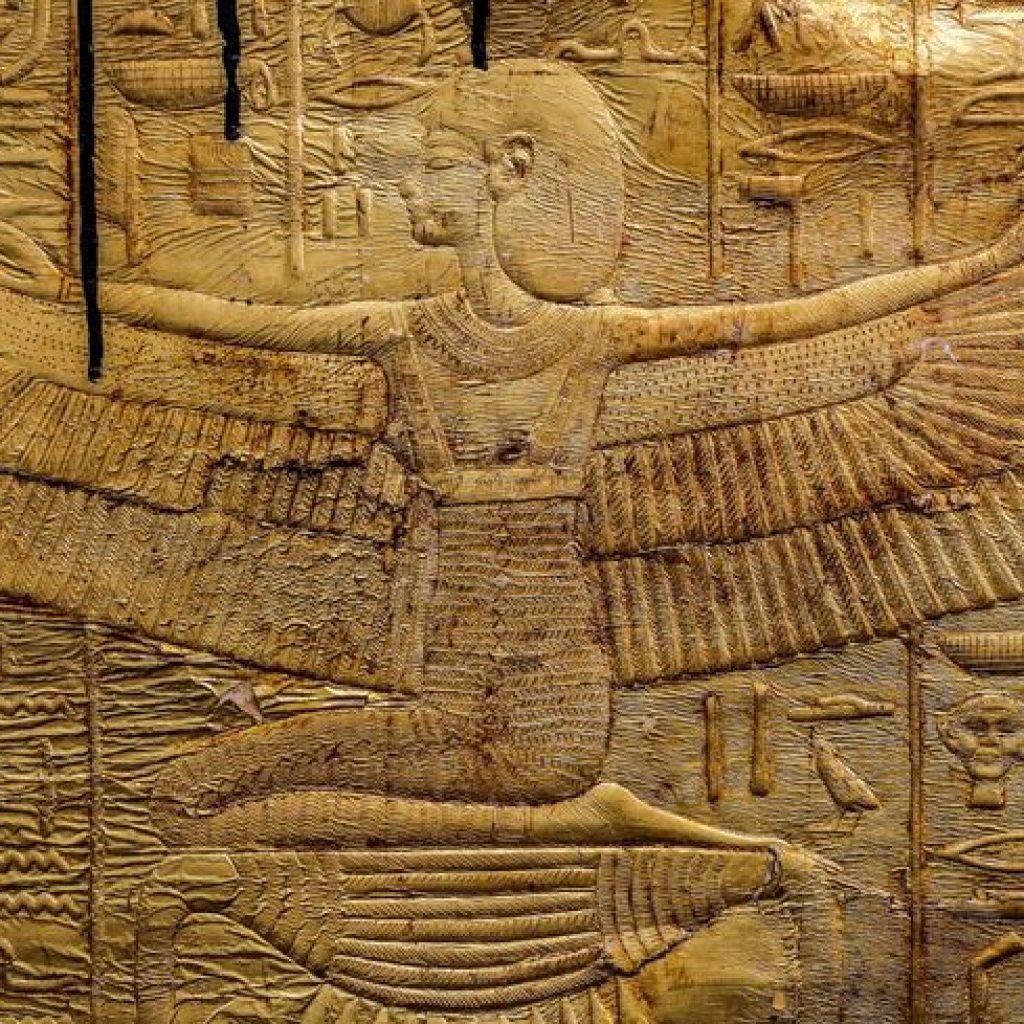By Julien.Jreissati, Wed, 19/08/2015 – 12:48
The BirdLife-led Migratory Soaring Birds (MSB) project has developed a guidebook that provides practical information to maximize the value that birds bring to the tourism industry, while ensuring the conservation of their populations and habitats.
The global tourism industry is reaching new heights with an all-time record of over 1.1 billion international tourists travelling the world in 2014. Combine this with the millions of domestic tourists (travelling within their home countries) and you will have a good idea of the magnitude and scale of this industry, which, it is estimated, contributes more than 9 percent to GDP globally.
Tourism and nature conservation are engaged in a symbiotic relationship. Tourism businesses depend upon the quality and long-term viability of the natural environment of the destinations in which they exist. This is becoming more rather than less important to the tourism industry and tourism businesses are growing increasingly aware of the fact. If well managed, tourism is one of the few industries that can play a transformative role, especially in developing countries. It can provide valuable economic development opportunities at all levels of society, alongside a powerful incentive for community cohesion and environmental protection. If poorly managed, tourism can damage the environments on which it depends.
There is no longer any doubt that birds and wildlife can contribute significantly and add value to the tourism industry. According to Elizabeth Maruma Mrema, Acting Executive Secretary of the Convention on the Conservation of Migratory Species of Wild Animals (CMS), “Birding plays a significant and growing part in the tourism industry, and creates direct and indirect economic benefits for many countries and communities, also amongst developing countries. Wildlife watching appeals to a wide range of people, and opportunities to participate in wildlife watching are and should increasingly be a factor in tourists’ holiday choices today”. In 1999, the Costa Rican Tourism Institute estimated that 41% of its $1-billion dollar tourism revenues was from tourists who came primarily for the purpose of birdwatching.
Birds and wildlife can add authenticity to any tourism experience at any destination. In addition to providing enjoyment to the casual observer, they can act as a powerful incentive to the dedicated Eco tourist to travel and serve to differentiate one resort from another in the eye of the everyday tourist. The MSB handbook “Maximising the value of birds and wildlife for tourism” demonstrates just that. It is designed to provide guidance for tourism businesses, mainly hotels and tour operators, in the Rift Valley Red Sea region and beyond, on maximizing the benefits from migratory birds while taking action to protect this major flyway.
This interactive handbook is freely available for download here

Photo Credit: Marcus Kohler






About The Author: Cheryle Velsor
More posts by Cheryle Velsor